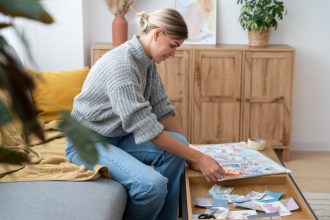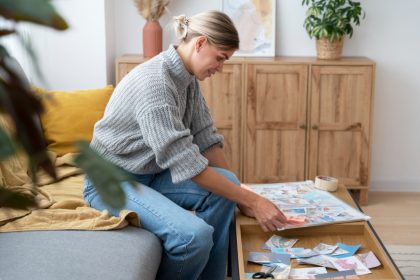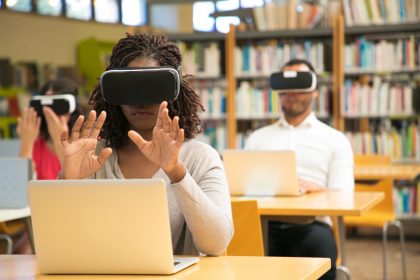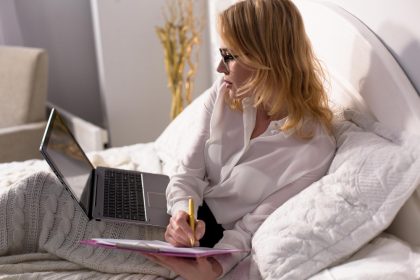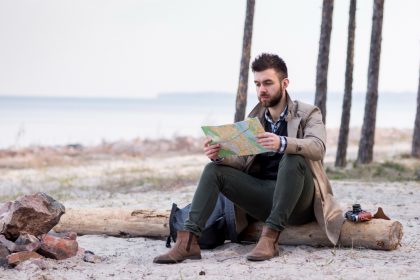When we think of hobbies that build creativity, we often imagine painting, writing, playing music, or other activities widely accepted as “artistic.” Yet creativity isn’t born solely in traditional spaces. In fact, it is frequently sparked by unusual pursuits that challenge regular patterns of thinking and force the mind to adapt to unexpected conditions. Engaging in unconventional hobbies helps break down mental rigidity, introducing playful yet profound exercises in problem-solving, adaptability, and imagination.
Consider the rise of urban foraging for wild edible plants. Beyond its practical, nature-connected appeal, this hobby trains the brain in pattern recognition, resourcefulness, and imaginative cooking—all skills transferable to creative work in other domains. Similarly, designing and flying unconventional homemade kites at dusk is not simply whimsical play. It requires engineering creativity, aesthetic sensitivity, tactile problem-solving, and an ability to wrestle with the unpredictable element of wind.
Other practices unfold with equal fascination. Calligraphy with unusual tools, like twigs, broken metal scraps, or even pieces of sponge, forces one to embrace imperfection and discover beauty in unpredictability. In parallel, reverse glass painting, a painstaking method where each stroke must be planned in reversed order, exercises a form of cognitive inversion—literally obliging the brain to think backward, restructure sequences, and visualize outcomes differently.
Equally intriguing are hobbies of transformation. Everyday household objects can be reshaped into playful sculptures, igniting both resourcefulness and humor. Simple blocks of recycled wood can be carved into puzzles, requiring their creators not only to fashion intriguing objects but also to imagine how others might solve them. Similarly, micro-gardening inside strange containers—like violins missing strings, or old leather suitcases—invites multitiered thought blending aesthetics, sustainability, engineering, and patience.
More abstract pursuits such as ink blot interpretation turn ordinary materials into wellsprings of imagination. Each fold or reflection of ink becomes a mirror for new narratives, encouraging divergent thinking. On a more performative note, hobbies like improvisational storytelling, especially when told backward or discovered in natural patterns such as cracks in stone or the swirl of clouds, stretch narrative imagination beyond conventional arcs.
In all these instances, what appears indulgent or strange actually performs cognitive training far more potent than many structured exercises. By diving into these overlooked hobbies, we push our creative muscles in unexpected directions, allowing problem-solving capacity to grow robust while nourishing emotional resilience. Creativity, after all, thrives where certainty ends.
Creativity thrives where play meets curiosity, and the hobbies often left uncelebrated can become the richest grounds for innovation. Unlike traditional hobbies, unusual ones thrive on imperfection, unpredictability, and surprise. Take shadow puppetry with household light sources: it repurposes something as mundane as a desk lamp, demanding storytelling ingenuity and adaptability as shadows dance in unplanned ways. Similarly, walking self-built labyrinths in sand or soil offers repetitive meditative motion while simultaneously inviting symbolic interpretation, creating fertile conditions for generating new ideas.
Unconventional expressions of sound and music stand as another area of exploration. Crafting invented instruments from reclaimed materials—anything from a rain gutter turned into a xylophone to a bottle-and-string wind chime—encourages bold experimentation. On a higher sensory level, collecting sounds from the cityscape—the hiss of a bus brake, the murmur of crowds, the drip of rainwater—and layering them into spontaneous “audio sketches” fosters a deep awareness of environment while simultaneously channeling it into art.
Equally powerful is the return to tactile, ancient practices, such as decorative knot-tying or painting with melted wax and hand-ground natural pigments. Not only do these require patience and coordination, but they also teach discipline while delivering pleasurable surprise in their textures and results. At the visual level, surreal photography—where daily objects become building blocks for imagined miniature worlds—forces one to see the mundane with fresh perception, sharpening imaginative adaptability.
Meanwhile, overlap between art and life finds joy in story-based culinary experiments. Cooking dishes inspired by fictional worlds or characters brings narrative and taste together, requiring multisensory thinking and inventive interpretation. A similar function occurs with inventing imaginary maps—drawing topographical landscapes of places that don’t exist, complete with their own histories, rivers, and civilizations. This merges artistic vision with systematic detail, all while playfully training the brain in world-building and abstract problem-solving.
All these unusual pursuits, though seemingly “odd,” stimulate neural flexibility by disrupting routine thought patterns. They forge new connections between domains of knowledge, allowing creativity not just to expand but to deepen. They promote a mindset that views boundaries not as walls but as invitations to explore further. Most importantly, they reintroduce a sense of wonder—a reminder that play is not an indulgence, but one of the most important tools for innovation and self-expression.




